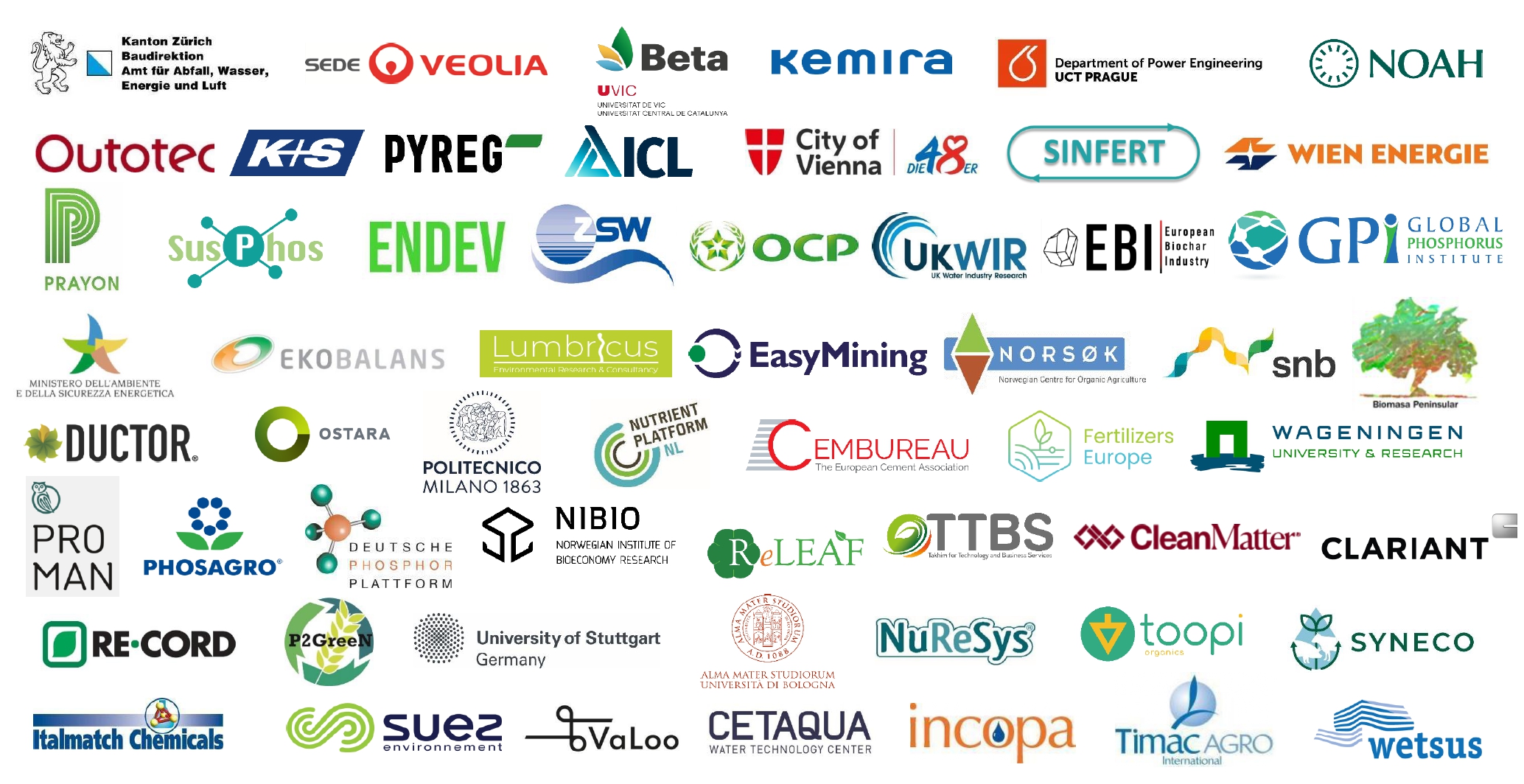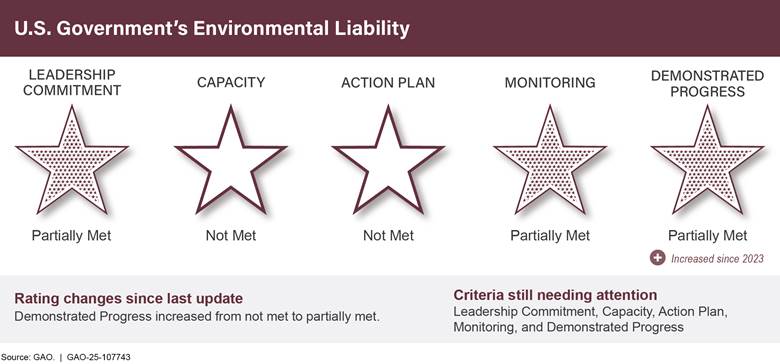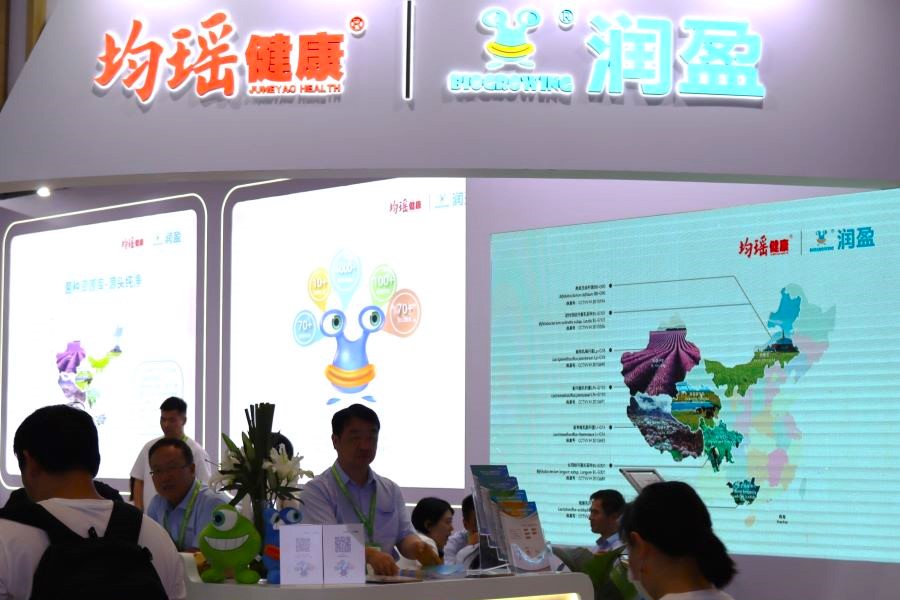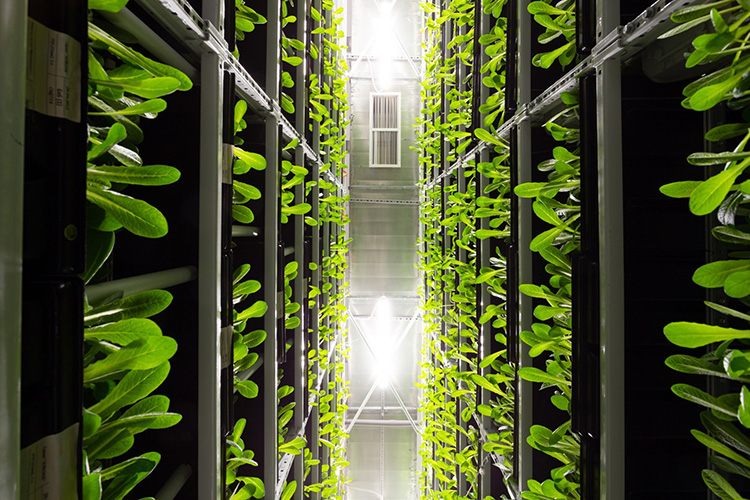Report on the European Commission’s Proposed 2028-2034 Agricultural Policy and its Alignment with Sustainable Development Goals
1.0 Executive Summary
The European Commission has put forth a proposal for the European Union budget for the 2028-2034 period, which includes substantial reforms to the Common Agricultural Policy (CAP). The proposal features a significant budget reduction, a structural integration of CAP with Cohesion Policy funds, and a decentralization of administrative responsibilities. These changes are intended to modernize the agricultural sector and align it with broader EU objectives, including several United Nations Sustainable Development Goals (SDGs). However, the proposal has elicited considerable criticism from agricultural stakeholders who are concerned about the financial impact and the potential dilution of focus on core farming needs, which could undermine progress on key SDGs such as SDG 1 (No Poverty) and SDG 2 (Zero Hunger).
2.0 Proposed Budgetary and Structural Reforms
The Commission’s proposal introduces a series of fundamental changes to the financing and administration of the CAP.
- Budgetary Reduction: The proposed CAP budget is €302 billion, a reduction of over 20% from the current €386.6 billion when accounting for inflation. This continues a historical trend of decreasing CAP allocations relative to the total EU budget.
- Fund Integration: A core element of the reform is the integration of CAP with Cohesion Policy funding into a single, unified fund totaling approximately €865 billion. This is designed to create synergies between agricultural support and regional development.
- Administrative Simplification: The new framework aims to streamline governance through a single legal framework, standardized definitions, and digital reporting systems, shifting significant administrative responsibility to national and regional institutions.
- Payment Convergence: The proposal seeks to establish minimum and maximum thresholds for per-hectare payments to reduce disparities between member states, directly addressing intra-EU inequalities.
3.0 Alignment with Sustainable Development Goals (SDGs)
The proposed reforms are framed to advance several key SDGs, although their potential impact is debated.
3.1 Advancing Economic and Social Equality (SDG 1, SDG 10)
The policy aims to tackle inequality within the EU agricultural sector.
- Reduced Inequalities (SDG 10): By forcing convergence on per-hectare payments, the reform directly targets the reduction of long-standing financial disparities between farmers in different member states. The integration with Cohesion funds further supports this goal by linking agricultural development to the broader objective of reducing regional economic and social disparities.
- No Poverty (SDG 1): The CAP’s function as an income support mechanism is critical for preventing poverty in rural areas. However, the proposed budget cuts raise concerns that the policy’s effectiveness in supporting vulnerable small and medium-sized farms could be diminished, potentially jeopardizing progress on SDG 1.
3.2 Ensuring Food Security and Sustainable Production (SDG 2, SDG 12)
The reform seeks to balance food security with a transition towards more sustainable agricultural models.
- Zero Hunger (SDG 2): The Commission presents the modernization effort as a means to ensure long-term food security. The allocation of €296 billion for farmer income support and €6.3 billion for crisis management are primary instruments intended to stabilize food production and support this goal.
- Responsible Consumption and Production (SDG 12): By linking agricultural support to the European Competitiveness Fund and EU Research Framework Program, the proposal encourages investment in green technology and innovative farming. This strategic alignment is designed to foster more sustainable production methods, contributing to the objectives of SDG 12.
3.3 Fostering Partnerships and Innovation (SDG 9, SDG 17)
The new governance model emphasizes collaboration and innovation.
- Industry, Innovation, and Infrastructure (SDG 9): The plan encourages farmers and rural businesses to access funds for research and development, promoting innovation within the agricultural sector.
- Partnerships for the Goals (SDG 17): The delivery of the new CAP through National and Regional Partnership Plans, which merge agricultural, cohesion, and social funds, embodies the multi-stakeholder partnership approach central to SDG 17. This model breaks down administrative silos to foster integrated development.
4.0 Stakeholder Response and Concerns
The proposal has been met with significant opposition from farmers’ organizations across the EU.
- Financial Instability: Groups such as Copa-Cogeca have condemned the proposal, arguing that the budget cuts undermine the stability farmers need, potentially compromising their ability to contribute to food security (SDG 2).
- Dilution of Agricultural Focus: There is widespread fear that merging CAP into a broader fund managed by local governments could lead to agricultural needs being deprioritized in favor of other regional projects, such as infrastructure or energy.
- Impact on Vulnerable Farms: Experts and farming associations have warned that smallholder farms, particularly in Southern Europe, may face reduced access to direct aid, exacerbating rural poverty (SDG 1) and inequality (SDG 10).
5.0 Conclusion and Outlook
The proposed CAP reform for 2028-2034 represents a significant strategic shift aimed at aligning European agriculture with broader goals of sustainability, equality, and innovation, as reflected in the SDGs. The plan seeks to enhance fairness through payment convergence (SDG 10) and foster sustainable practices through innovation (SDG 12). However, the substantial budget cuts and structural changes have created significant uncertainty. The agricultural community’s concerns about financial viability and the potential marginalization of farming priorities highlight a critical tension. The final policy, which will emerge after an estimated 18-to-24-month negotiation period, must reconcile the ambition for a modern, SDG-aligned agricultural sector with the fundamental need to ensure the economic stability of farmers, which is the bedrock of achieving SDG 1 and SDG 2.
Analysis of Sustainable Development Goals in the Article
1. Which SDGs are addressed or connected to the issues highlighted in the article?
The article discusses the European Commission’s proposal for the EU budget for 2028-2034, focusing on significant changes to the Common Agricultural Policy (CAP). The issues raised connect to several Sustainable Development Goals (SDGs), primarily concerning agriculture, economic stability for farmers, and regional equality.
-
SDG 2: Zero Hunger
This goal is central to the article, as the CAP’s primary purpose is to manage agricultural production and markets. The text explicitly mentions that the modernization effort aims to “ensure food security” and support “food production.” The discussions around farmer income, direct payments, and the stability of small and medium-sized farms are directly linked to ensuring a stable and sustainable food supply chain.
-
SDG 8: Decent Work and Economic Growth
The proposed changes have significant implications for the economic well-being of millions of farmers and rural businesses. The article highlights the goal of ensuring “economic resilience” and providing “income support for farmers.” Furthermore, the plan to link farm support with the “European Competitiveness Fund” and promote “research and development, green technology and innovative farming” aims to boost economic productivity and sustainability in the agricultural sector, which is a key component of rural economies.
-
SDG 10: Reduced Inequalities
A core element of the proposed reform is to address economic disparities among farmers and regions within the EU. The article states that the integration of CAP with Cohesion Policy funds is designed to “reduce economic, social, and regional disparities across member states.” The plan to “set minimum and maximum payment thresholds per hectare to force convergence” is a direct policy action aimed at creating “fairer support across Europe’s farms,” thereby reducing inequality between member states.
2. What specific targets under those SDGs can be identified based on the article’s content?
Based on the article’s focus, several specific SDG targets can be identified:
-
SDG 2: Zero Hunger
- Target 2.3: By 2030, double the agricultural productivity and incomes of small-scale food producers, in particular women, indigenous peoples, family farmers, pastoralists and fishers, including through secure and equal access to land, other productive resources and inputs, knowledge, financial services, markets and opportunities for value addition and non-farm employment.
Explanation: The article’s focus on “income support for farmers,” concerns for “small and medium-sized farms,” and support for “young farmers” directly relates to this target. The proposed changes to “payments per hectare” are a mechanism intended to influence farmer incomes. - Target 2.4: By 2030, ensure sustainable food production systems and implement resilient agricultural practices that increase productivity and production, that help maintain ecosystems, that strengthen capacity for adaptation to climate change, extreme weather, drought, flooding and other disasters and that progressively improve land and soil quality.
Explanation: The proposal’s stated goal of “rural sustainability” and the plan to allow farmers to “tap into funds for… green technology and innovative farming” align with this target’s aim of promoting resilient and sustainable agricultural practices. - Target 2.a: Increase investment, including through enhanced international cooperation, in rural infrastructure, agricultural research and extension services, technology development and plant and livestock gene banks in order to enhance agricultural productive capacity in developing countries, in particular least developed countries.
Explanation: The entire article revolves around the CAP budget, which is a massive investment in agriculture. The proposal to link farm support to the “EU Research Framework Program” and funds for “research and development” is a direct example of investment aimed at enhancing agricultural capacity.
- Target 2.3: By 2030, double the agricultural productivity and incomes of small-scale food producers, in particular women, indigenous peoples, family farmers, pastoralists and fishers, including through secure and equal access to land, other productive resources and inputs, knowledge, financial services, markets and opportunities for value addition and non-farm employment.
-
SDG 8: Decent Work and Economic Growth
- Target 8.2: Achieve higher levels of economic productivity through diversification, technological upgrading and innovation, including through a focus on high-value added and labour-intensive sectors.
Explanation: The article mentions that the reform aims to make agriculture part of the EU’s “broader economic, digital and innovation strategy.” This includes providing access to funds for “research and development, green technology and innovative farming,” which are key drivers of productivity. - Target 8.3: Promote development-oriented policies that support productive activities, decent job creation, entrepreneurship, creativity and innovation, and encourage the formalization and growth of micro-, small- and medium-sized enterprises, including through access to financial services.
Explanation: The proposal’s provision of a “‘starter pack’ to support young farmers” and the concerns raised about the impact on “small and medium-sized farms” and “rural businesses” directly connect to this target of supporting entrepreneurship and SMEs in the agricultural sector.
- Target 8.2: Achieve higher levels of economic productivity through diversification, technological upgrading and innovation, including through a focus on high-value added and labour-intensive sectors.
-
SDG 10: Reduced Inequalities
- Target 10.1: By 2030, progressively achieve and sustain income growth of the bottom 40 per cent of the population at a rate higher than the national average.
Explanation: The plan to “force convergence” in payments per hectare, where “newer member states could see gains,” is a policy designed to lift the incomes of farmers in historically lower-paid regions, which can be seen as a proxy for the bottom of the income distribution within the EU’s agricultural sector. - Target 10.4: Adopt policies, especially fiscal, wage and social protection policies, and progressively achieve greater equality.
Explanation: The reform of the CAP is a large-scale fiscal and social protection policy for the agricultural sector. The article details how this policy is being redesigned to “ensure fairer support” and “reduce economic, social, and regional disparities,” which is the essence of this target.
- Target 10.1: By 2030, progressively achieve and sustain income growth of the bottom 40 per cent of the population at a rate higher than the national average.
3. Are there any indicators mentioned or implied in the article that can be used to measure progress towards the identified targets?
The article mentions or implies several quantitative and qualitative indicators that can be used to measure progress:
-
For SDG 2 (Zero Hunger)
- Indicator for Target 2.3 (Income): The “payments per hectare” serve as a direct financial indicator of income support for farmers. The article provides a baseline by noting the current disparity: “more than €400 per hectare in France and Germany to less than €200 per hectare in Romania and Bulgaria.” Progress on convergence could be measured by tracking the reduction of this gap.
- Indicator for Target 2.a (Investment): The total budget allocated to the CAP is a clear indicator of government expenditure on agriculture. The article specifies the proposed amount (€302 billion) and compares it to the current budget (€386.6 billion), providing a clear metric for Indicator 2.a.1 (agricultural orientation index for government expenditures).
-
For SDG 8 (Decent Work and Economic Growth)
- Indicator for Target 8.2 (Innovation): The article implies an indicator by stating that farmers “would then be able to tap into funds for research and development, green technology and innovative farming.” The amount of funding allocated and utilized from these programs for agricultural innovation would be a key performance indicator.
-
For SDG 10 (Reduced Inequalities)
- Indicator for Target 10.1/10.4 (Equality): The disparity in direct payments across member states is the primary implied indicator. The policy’s success in achieving “fairer support” would be measured by the degree to which the “minimum and maximum payment thresholds” reduce the difference in per-hectare payments between wealthier and newer member states.
4. Summary Table of SDGs, Targets, and Indicators
| SDGs | Targets | Indicators Identified in the Article |
|---|---|---|
| SDG 2: Zero Hunger |
2.3: Double incomes of small-scale food producers.
2.4: Ensure sustainable food production systems. 2.a: Increase investment in agriculture. |
– Level of “income support for farmers” measured via “payments per hectare.” – Amount of funding available for “green technology and innovative farming.” – Total CAP budget allocation (e.g., the proposed €302 billion). |
| SDG 8: Decent Work and Economic Growth |
8.2: Achieve higher economic productivity through innovation.
8.3: Promote policies supporting small and medium-sized enterprises. |
– Amount of funds from the “European Competitiveness Fund” and “EU Research Framework Program” directed towards agriculture. – Number of beneficiaries and funds allocated to the “‘starter pack’ to support young farmers.” |
| SDG 10: Reduced Inequalities |
10.1: Sustain income growth for the bottom 40%.
10.4: Adopt fiscal and social policies to achieve equality. |
– The gap in “payments per hectare” between different EU member states (e.g., the difference between the €400+ and <€200 figures). – The implementation of “minimum and maximum payment thresholds” to measure policy action towards convergence. |
Source: oliveoiltimes.com







